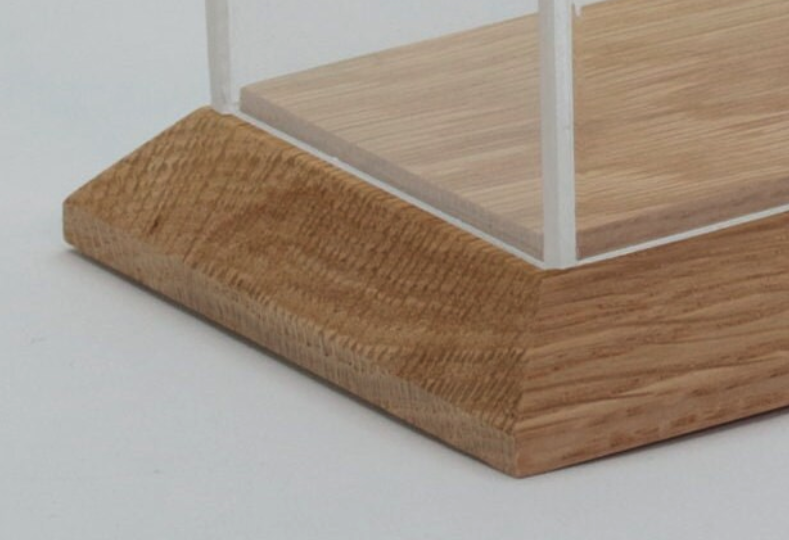I'm wanting to build a display case like the one pictured, however I'm not sure how the 'ledge' at the top of the bevel is done.
I initially thought it would be router with chamfer bit and maybe table saw to do the notched ledge... Or it could be a router bit with an odd shape?
I can't quite get my head around it.
I have a jobsite tablesaw that I'm pretty new to, but I do also have my router.
